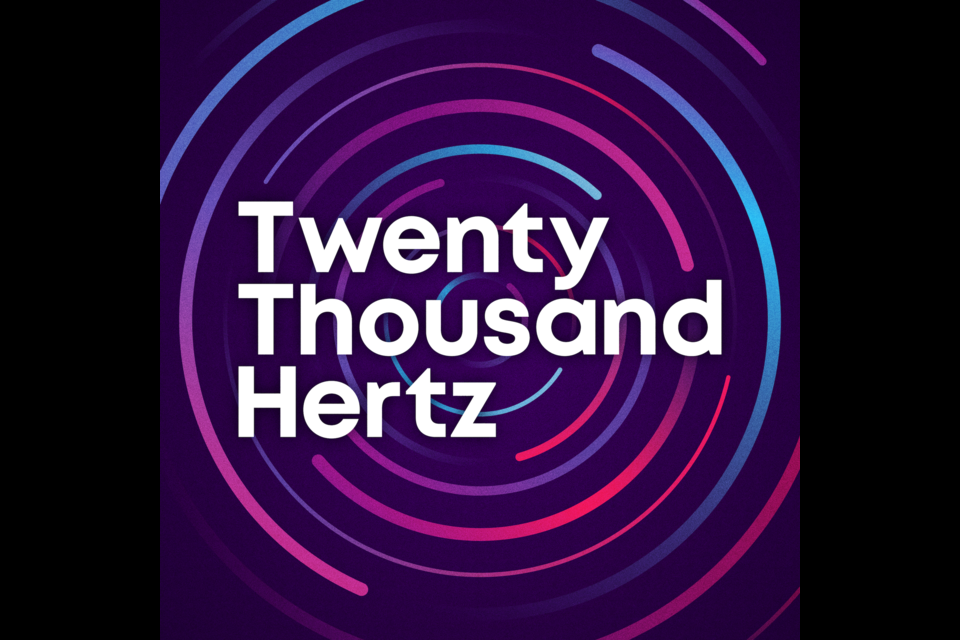October is Blindness Awareness Month. In honor of the community, Twenty Thousand Hertz has released a three-part series on the myriad sonic experiences of the sight-impaired.
In the second episode, this award-winning podcast about sound sheds light on the world of Blind Sports. Instead of using their eyes, host Dallas Taylor explores the ways in which these athletes rely on their ears to hit a pitch, block a throw and charge across a crowded field.
Take a listen at : https://www.20k.org/episodes/blindsports.
During the show, Dallas sits down with Esubalew ("Ethan") Johnson, who's been a beep baseball player since high school. Johnson said in beep baseball players wear eye shades or blindfolds so that all players, from the fully blind to the partially impaired, are on an even playing field. Innovations like the beeping ball and buzzing bases have been making the sport accessible to countless athletes since the mid '60s.
The podcast also reveals that while there are numerous ways that traditional sports have been adapted for the blind, there is only one official Paralympic sport completely developed for sight-impaired players: goalball. Originally developed for visually-impaired veterans returning from war, goalball became an official sport of the Paralympic games in 1972.
Keith Young, head coach of the U.S. Men's National Goalball team, joins Twenty Thousand Hertz to discuss its history. Some describe the game as reverse dodgeball, but Young describes it as "three-person pong." Each team of three spends most of the game kneeling as they work to get the ball into the opposing goal, and players are able to recognize the many different types of throws based on the sound the ball makes as bells ring inside of it.
Too often, the blind and sighted communities don't intersect, but these sports are actually designed to engage both sighted and non-sighted people. Whether as joint spectators or sighted people donning a blindfold to play beep baseball, blind sports bring together communities in incredibly necessary ways while giving newfound senses of identity to visually impaired athletes.



